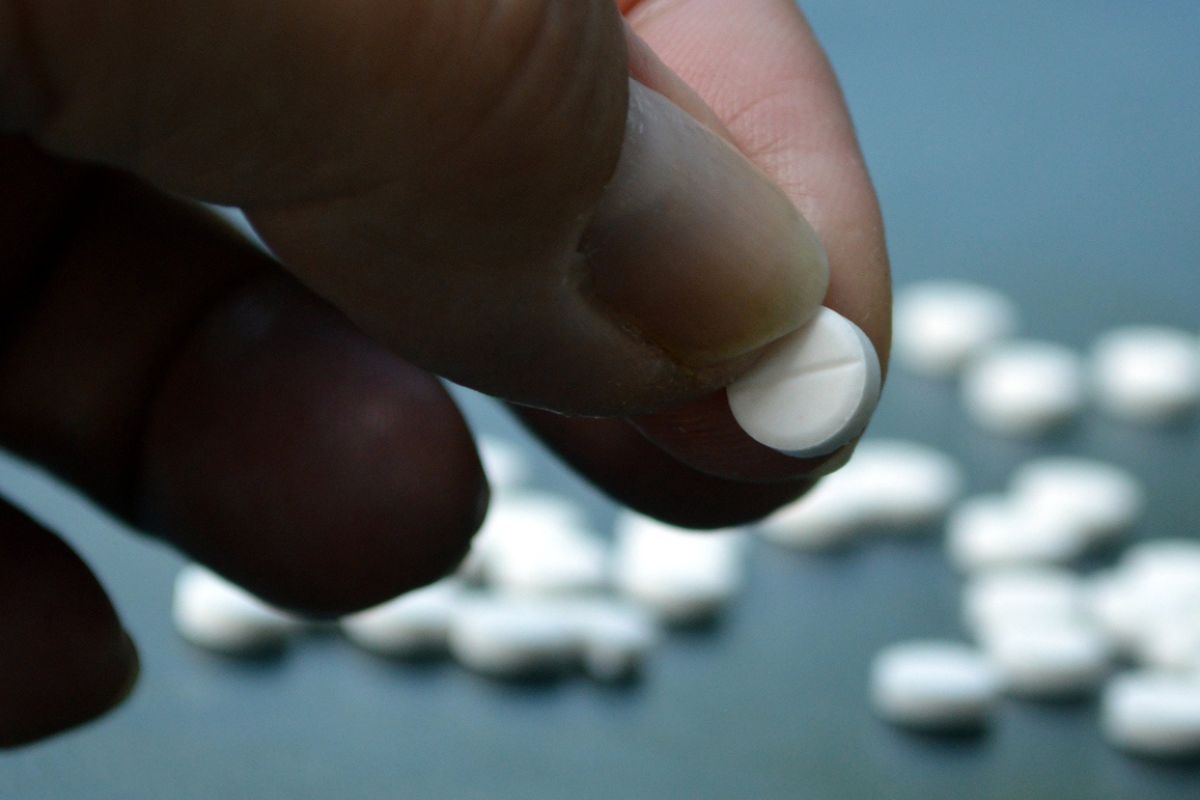In the long, difficult fight against schizophrenia, doctors have long relied on a reliable lineup of antipsychotics.
But a new study out of Santosh Medical College suggests that one of the newer players, cariprazine, could hold a competitive advantage – especially when it comes to curbing the stubborn “negative” symptoms that have resisted most treatments to date.
Appearing earlier this fall in Cureus Journal of Medical Science, the prospective comparative trial marks a pioneering head-to-head examination of cariprazine and the more popular olanzapine. The findings add some fresh insight to the global debate over the best way to tailor schizophrenia treatment.
Olanzapine, one of the world’s most consistently prescribed atypical antipsychotics, remains a highly effective treatment for positive schizophrenia symptoms. But it also remains notoriously frustrating for side effects that include metabolic changes and weight gain.
Cariprazine, on the other hand, works a bit differently. As a dopamine D2/D3 partial agonist, some studies suggest that it effectively targets motivational and cognitive pathways that could improve negative symptoms.
Methodology
The research team, led by pharmacologist Satyajyoti Tiwari, MD, enrolled 60 adult patients with schizophrenia between May 2024 and May 2025.
Tiwari’s research team then randomly assigned participants to receive either cariprazine (starting at 1.5 mg/day, up to 6 mg) or olanzapine (10–20 mg/day). The researchers tracked the patients for six weeks at Santosh Medical College and Hospital in Ghaziabad, India.
The two groups matched up well at baseline. On average, the participants were in their early 30s, split evenly between men and women, and came mostly from urban middle-class households. The participants pool also included both first-time diagnoses and individuals experiencing acute flare-ups. And the team excluded anyone with severe comorbidities or treatment-resistant schizophrenia.
The researchers used four established scales to establish outcomes:
- The Brief Psychiatric Rating Scale (BPRS) to measure overall symptom severity.
- The Scale for the Assessment of Positive Symptoms (SAPS) tracked reports of hallucinations, delusions, and thought disorders.
- The Scale for the Assessment of Negative Symptoms (SANS) gauges motivation, affect, speech, and social withdrawal.
- And, finally, the UKU Side Effect Rating Scale that scores clinician-rated side effects.
What They Found
Both drugs worked well. Over the six weeks, patients in both groups improved dramatically on total psychiatric symptoms. But the devil, as always, hid in the details.
- Positive symptoms: Olanzapine outperformed cariprazine on SAPS (38.1 vs. 45.8, p = 0.008), confirming its reputation as a dependable treatment option for hallucinations and delusions.
- Negative symptoms: Cariprazine boasted a much larger drop in SANS scores (mean 39.9 vs. 55.4 with olanzapine, p = 0.005).
- Side effects: Both drugs posted low UKU scores, but cariprazine’s profile appeared to be marginally better (2.97 vs. 3.07, p < 0.001).
- Age effects: Older patients (those over 45) improved less on the BPRS, while gender, marital status, and socioeconomic class seemed to make no difference.
Cariprazine also reached efficacy at much lower doses (1.5 to 3 mg/day for most patients) compared with olanzapine’s higher 10 to 20 mg/day range. That, the authors suggest, could raise concerns about adherence and tolerability.
Putting the Results in Context
The authors are quick to point out that the takeaway isn’t that cariprazine should be treated as a wholesale olanzapine replacement. Instead, the data, highlights a division of labor of sorts between the two drugs:
- For patients dominated by positive symptoms, olanzapine remains the best choice.
- For those living with negative symptoms, cariprazine might offer an eagerly awaited advantage.
These results echo the results of larger international trials.
For example, a landmark Lancet study showed that cariprazine significantly outperformed risperidone in treating negative symptoms. Olanzapine shows strong potency in positive domains, though weight and metabolic risks usually limit its use.
Why India Matters
The Indian backdrop for this study adds unique insight for a number of reasons.
For starters, while prevalence hover slightly below global averages, the treatment gap is much wider. Access to advanced medications remains uneven. And cost pressures often push patients toward older, cheaper drugs despite the burden of heavier side effect.
Cultural and genetic variables also appear to be critical factors. enetic and cultural factors — CYP450 enzyme variations, dietary patterns, and family-based care models can all influence how patients metabolize and tolerate the drugs.
By incorporating an Indian population, this research project adds valuable real-world data to a landscape typically dominated by Western trials.
What Now?
The authors conclude with a call for more comprehensive trials that track not only symptom scales but cognition, metabolic parameters, and quality of life.
They also point to the need for individualized, symptom-targeted approaches. In practice, that could mean tailoring the selection of antipsychotic to more than a simple diagnosis. Other considerations might include whether a patient is plagued more by voices and paranoia or by withdrawal and lack of motivation.
This trial shows that in the chess match of schizophrenia treatment, cariprazine and olanzapine play different – albeit complementary – roles. Olanzapine remains a strong defender against positive symptoms. And cariprazine emerges as a sharper tool for cutting through the fog of negative symptoms.
Perhaps most importantly, both are safe in the short term. But cariprazine could ultimately emerge as a dark horse as the more tolerable long-distance runner.
“Schizophrenia is not just about turning down the voices,” the authors conclude. “It’s about bringing patients back into their lives — and that means tackling negative symptoms head-on.”
Further Reading
Antipsychotic Adherence Halves Crash Risk for Drivers with Schizophrenia
Incretin Therapies: A New Tool to Combat Metabolic Consequences of Antipsychotic Use



